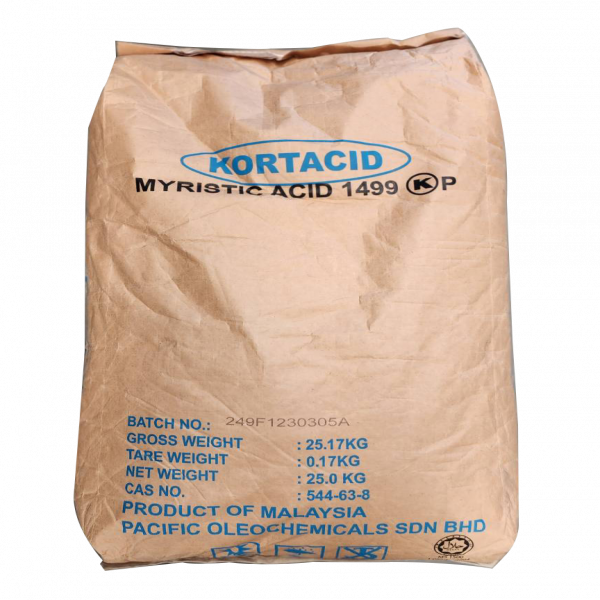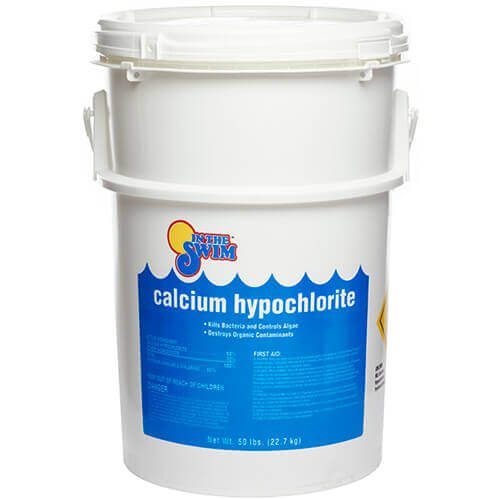Description
Myristic Acid is a saturated fatty acid with the chemical formula C₁₄H₂₈O₂. It is commonly found in animal and vegetable fats and oils, including coconut oil, palm kernel oil, nutmeg, and dairy products.
Properties
- Chemical Structure: 14-carbon chain fatty acid.
- Physical State: White crystalline solid at room temperature.
- Melting Point: ~54.4°C.
- Boiling Point: ~250.6°C at 760 mm Hg.
- Solubility: Insoluble in water but soluble in organic solvents like ethanol and ether.
Uses & Applications
- Biological Role: Involved in myristoylation, a process that helps proteins associate with membranes and regulate cellular functions.
- Cosmetics & Personal Care: Used in soaps, shampoos, creams, and lotions as an emulsifier and surfactant
- Food Industry: Acts as a flavoring agent and is used in bakery goods, confectionery, and dairy products.
- Pharmaceuticals: Used as an excipient in drug formulations and has potential antioxidant and anti-inflammatory properties.
- Industrial Applications: Found in lubricants, plasticizers, surfactants, and detergents.
Advantages.
- Cleansing & Emulsifying Properties: Helps remove dirt and oil in personal care products.
- Flavor Enhancement: Adds a nutty aroma and taste to food products.
- Versatility: Used across cosmetics, food, pharmaceuticals, and industrial sectors.
- Potential Health Benefits: May aid in glucose metabolism and anti-inflammatory responses.
While myristic acid has many benefits, excessive consumption may contribute to high cholesterol levels, so moderation is advised







Reviews
There are no reviews yet.